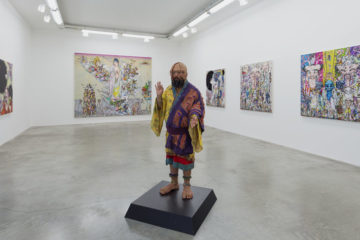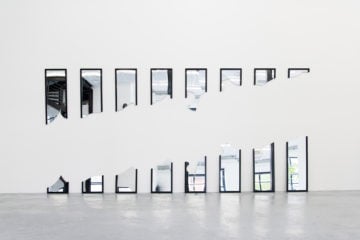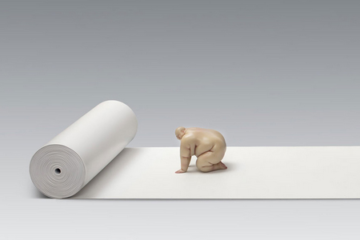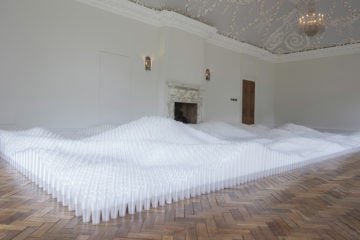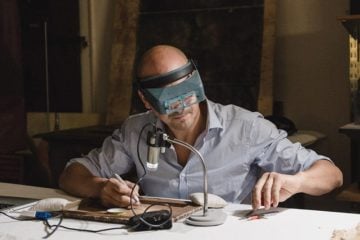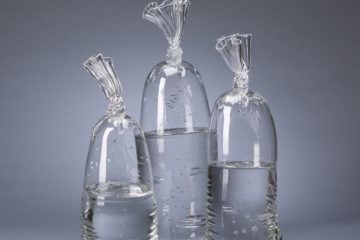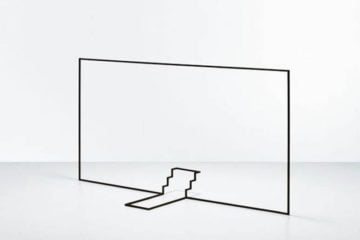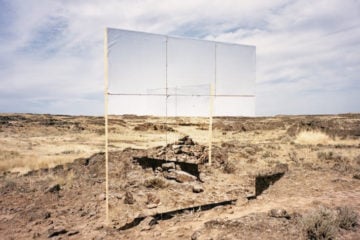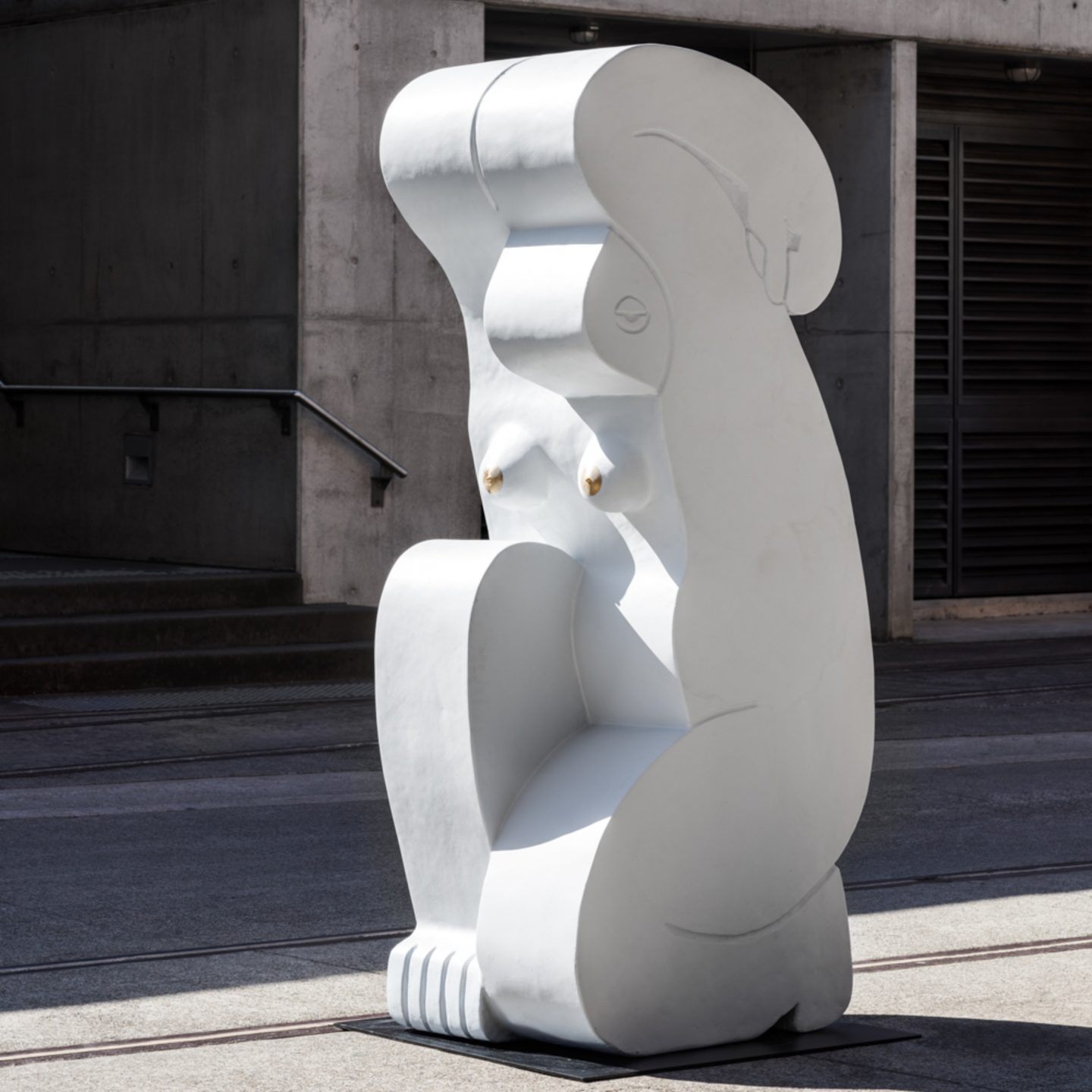
Sanné Mestrom’s Feminist Perspective Informs Her Captivating Sculptures
- Name
- Sanné Mestrom
- Images
- Sanné Mestrom
- Words
- Steph Wade
Melbourne-based Dutch artist Sanné Mestrom works with the traditional format of sculpture and the contemporary format of installation. Her art references iconic 20th-century Modernist works to create experimental pieces that distort viewer perceptions.
Drawing form design and spatial art, Mestrom uses everything from found objects, to concrete, ceramics, cast foam, steel, clay, and bronze, to create and assemble her captivating pieces. Her works often take the form of the human body abstracted, and aim to engage in a dialogue with modern art history—a history very typically associated with white, male artists. Mestrom makes “a concerted effort to subvert the forms, materials, and techniques that are typically associated with canonical male artists’ works”, explains a statement from a catalog published by the Monash University Museum of Art.
Her piece ‘Weeping Women’ (2014) usurps the portrayal of the tortured muse put forward by Pablo Picasso in his world-famous artwork ‘Weeping Woman’ (1937). The ‘Weeping Women’ are a trio of large-scale concrete public sculptures, depicting the female form standing and reclining in relaxed and assertive poses. The women are literally weeping, yet not from their eyes in despair: with breasts as fountains, the women lactate from their nipples in a manner that champions female empowerment. Her sculpture ‘Soft Kiss’ (2016) was inspired by Constantin Brancusi’s ‘The Kiss’ (1916), albeit with an elegant and subtle sensibility. “I draw on [these] works to explore the psychological, emotional, and cultural significance attached to them” Mestrom has explained. Although motivated by a respect for these artists, Mestrom’s reinterpretations are part of a wider discourse surrounding gender portrayal, the male gaze, and the impact and influence of art history on our perceptions today.
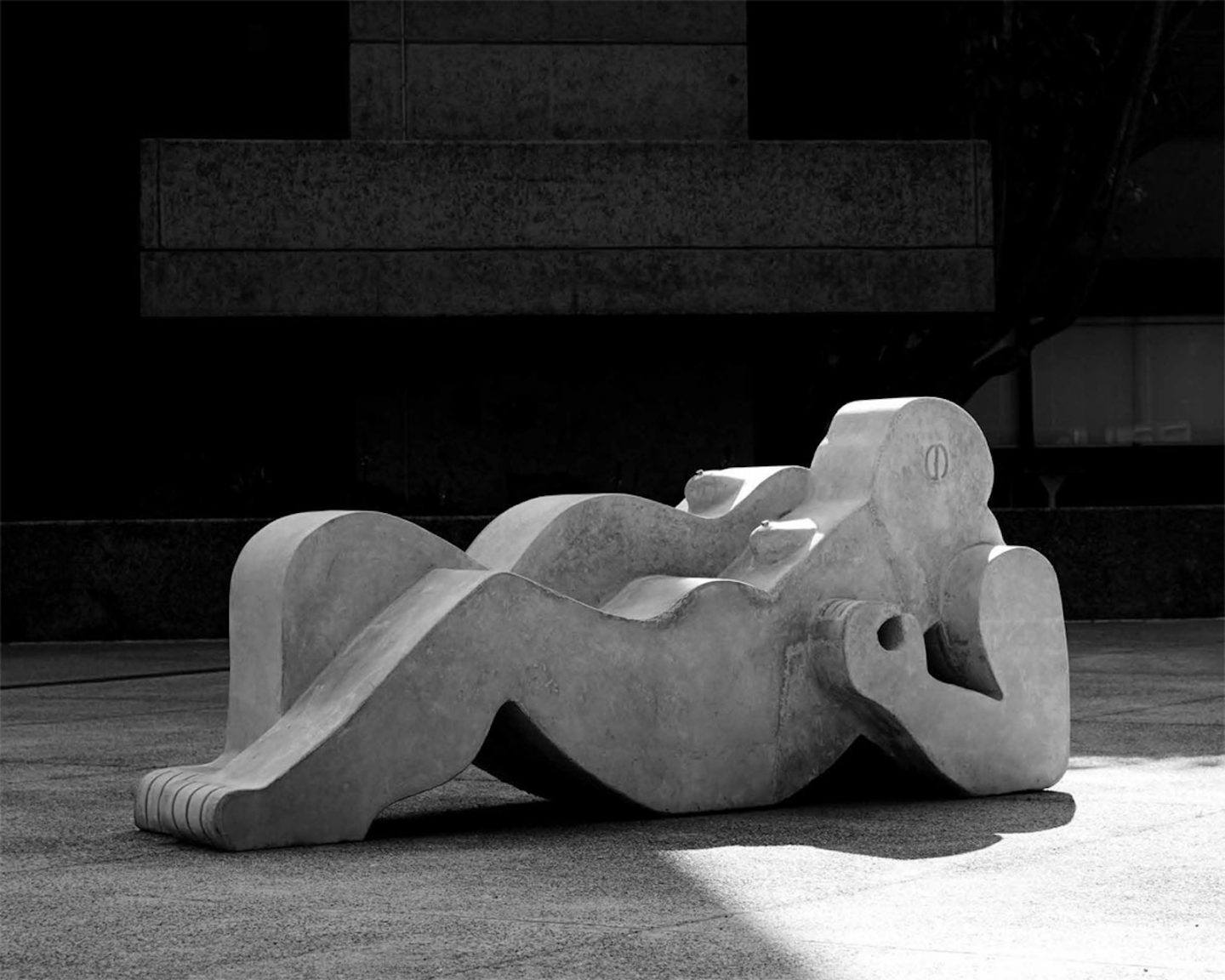

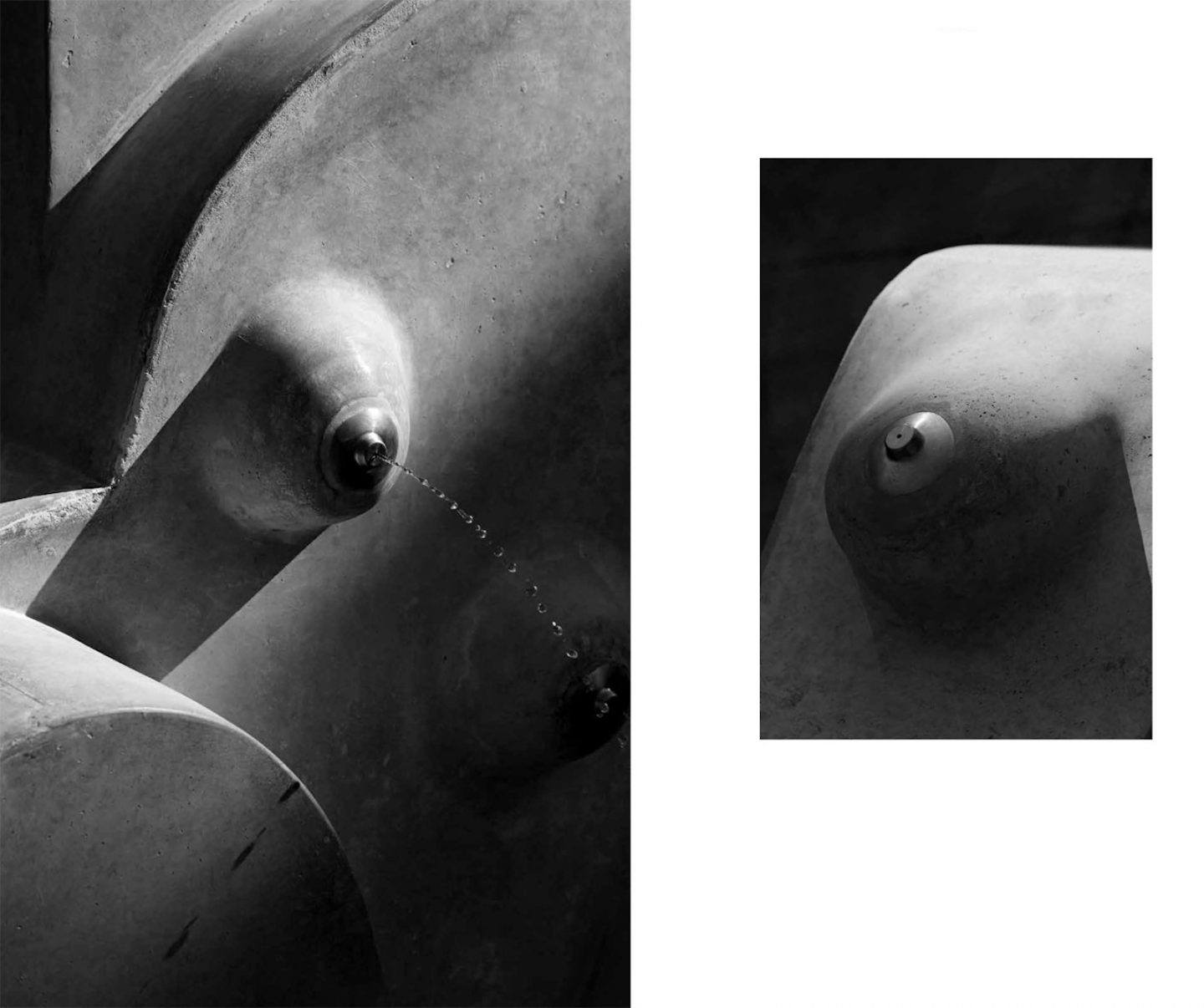
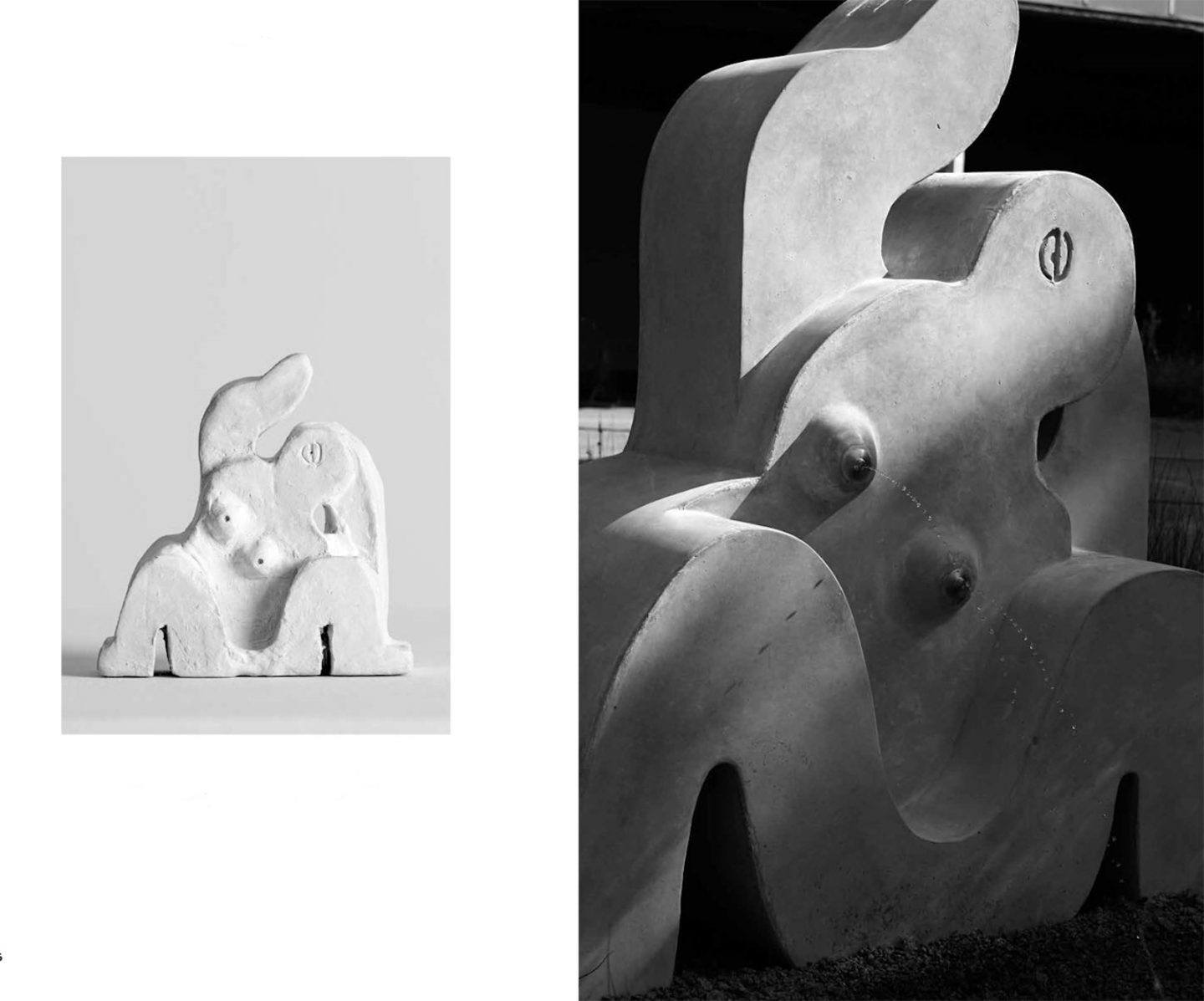
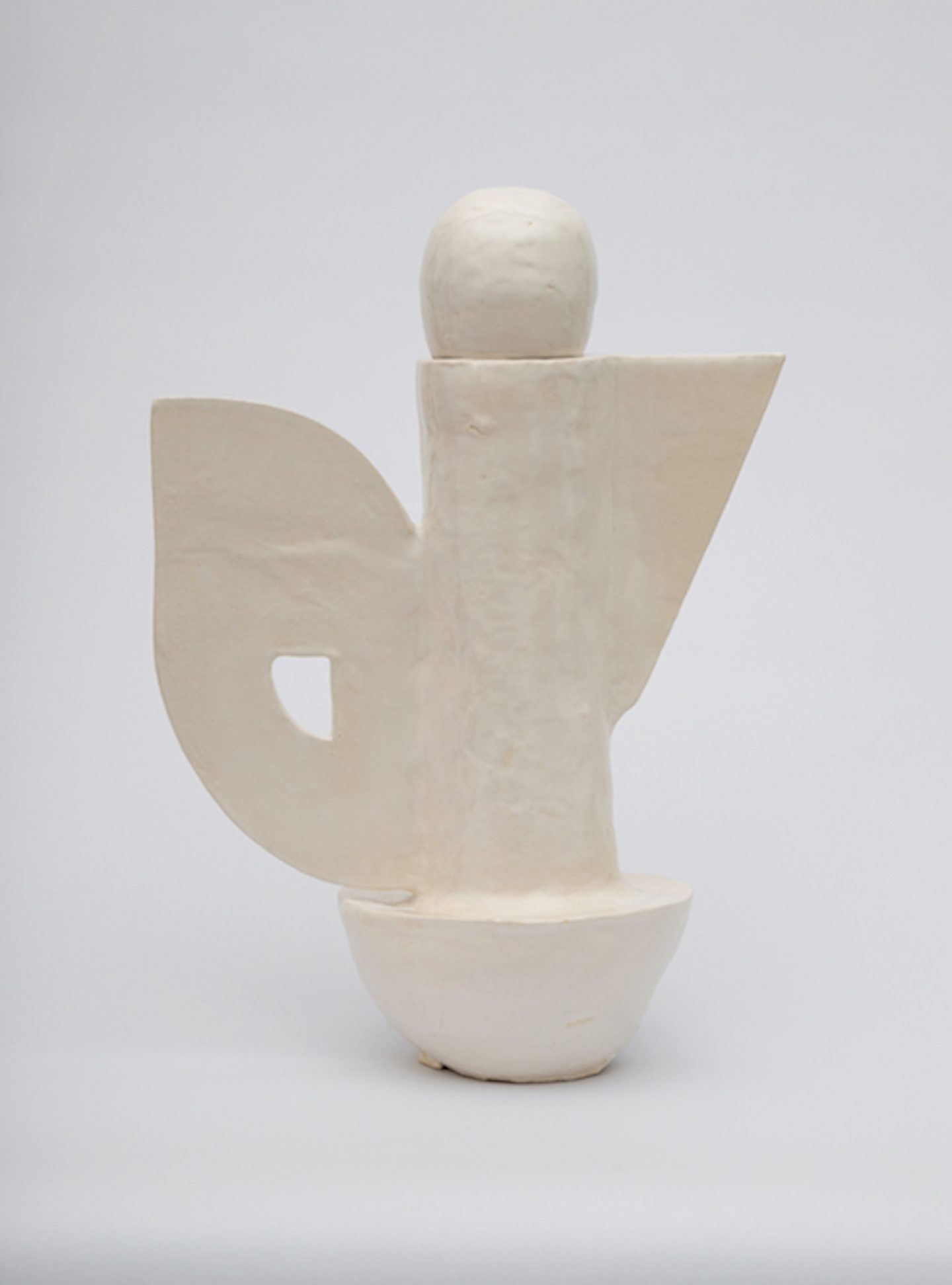
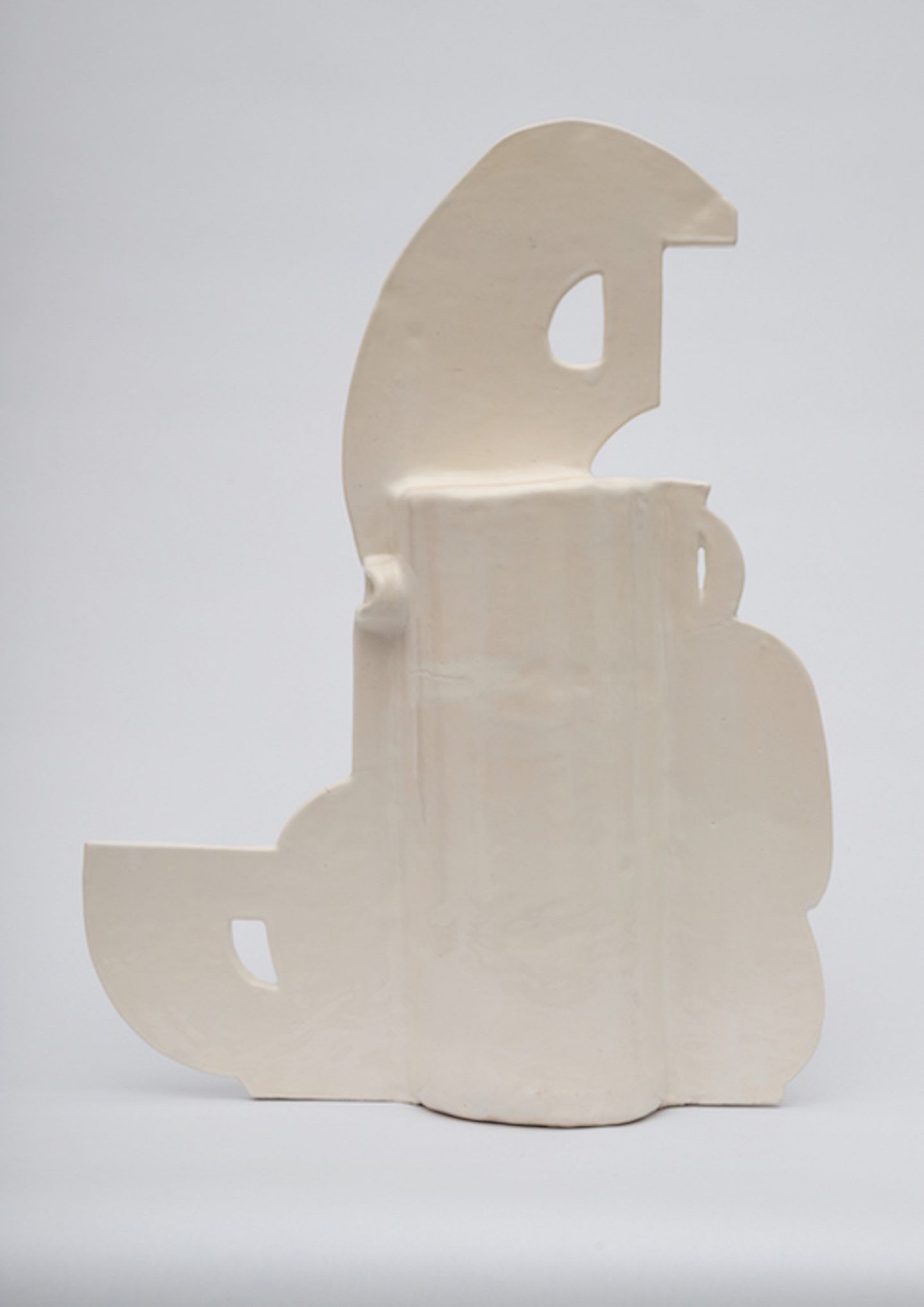
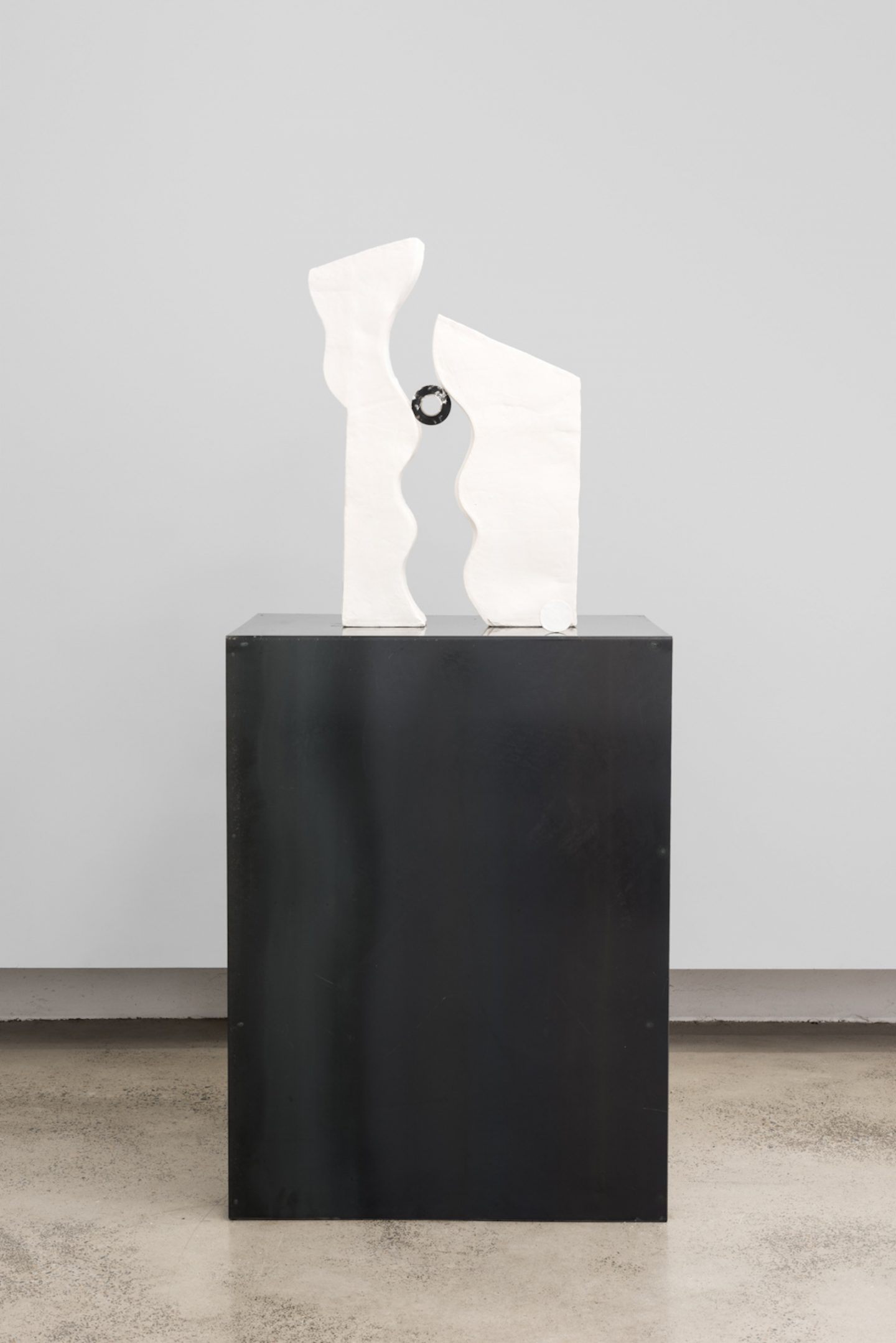
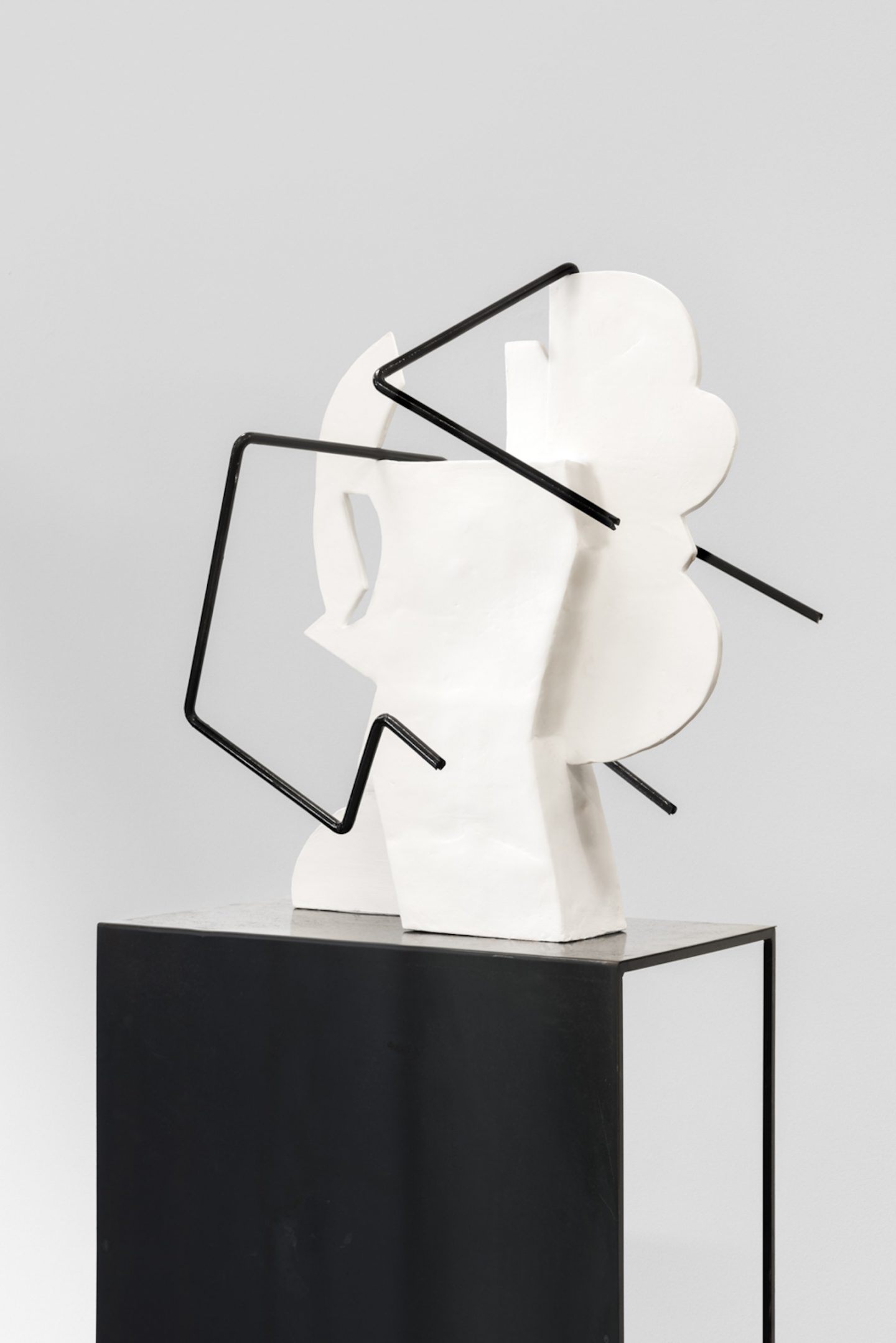
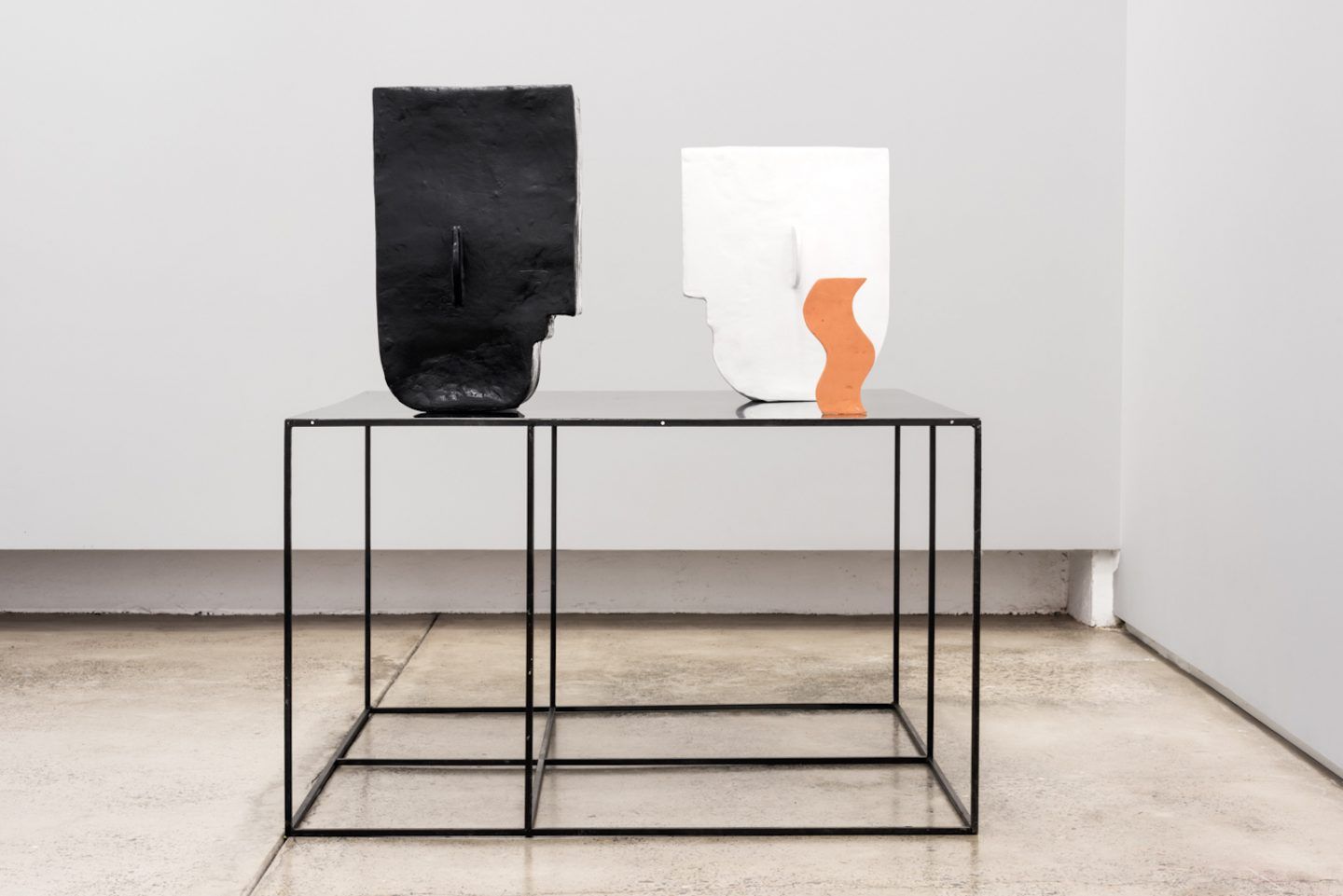
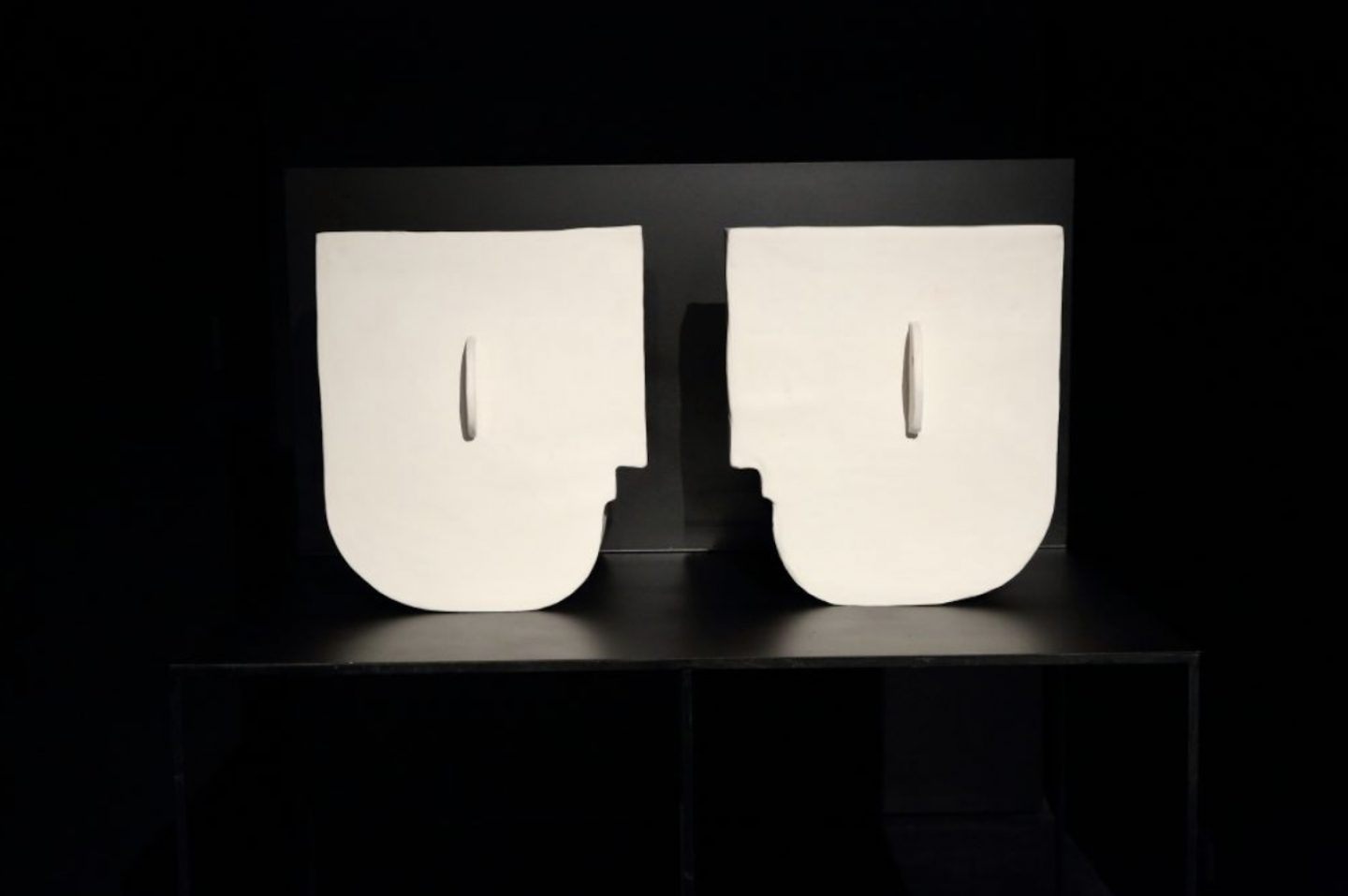
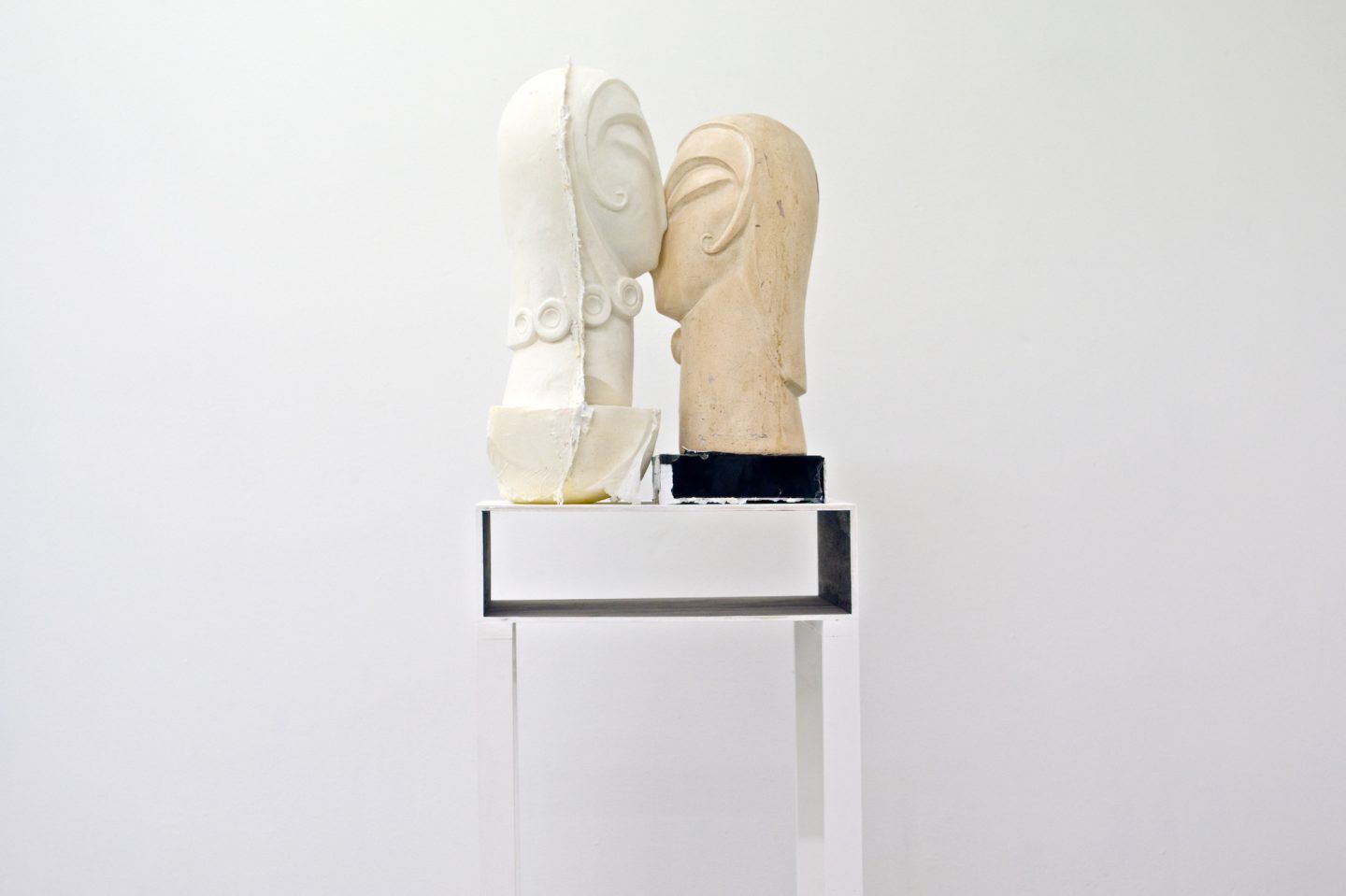
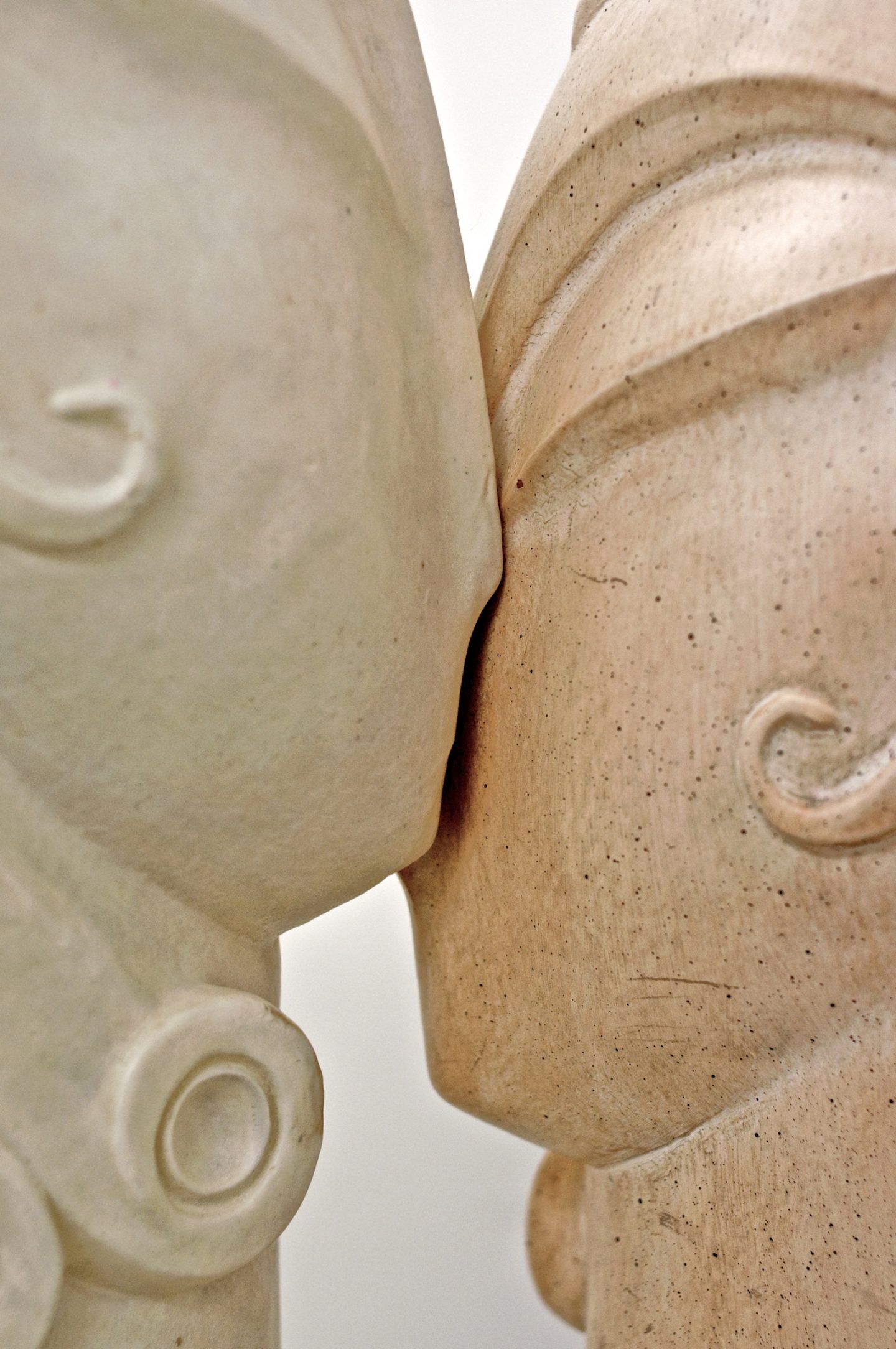
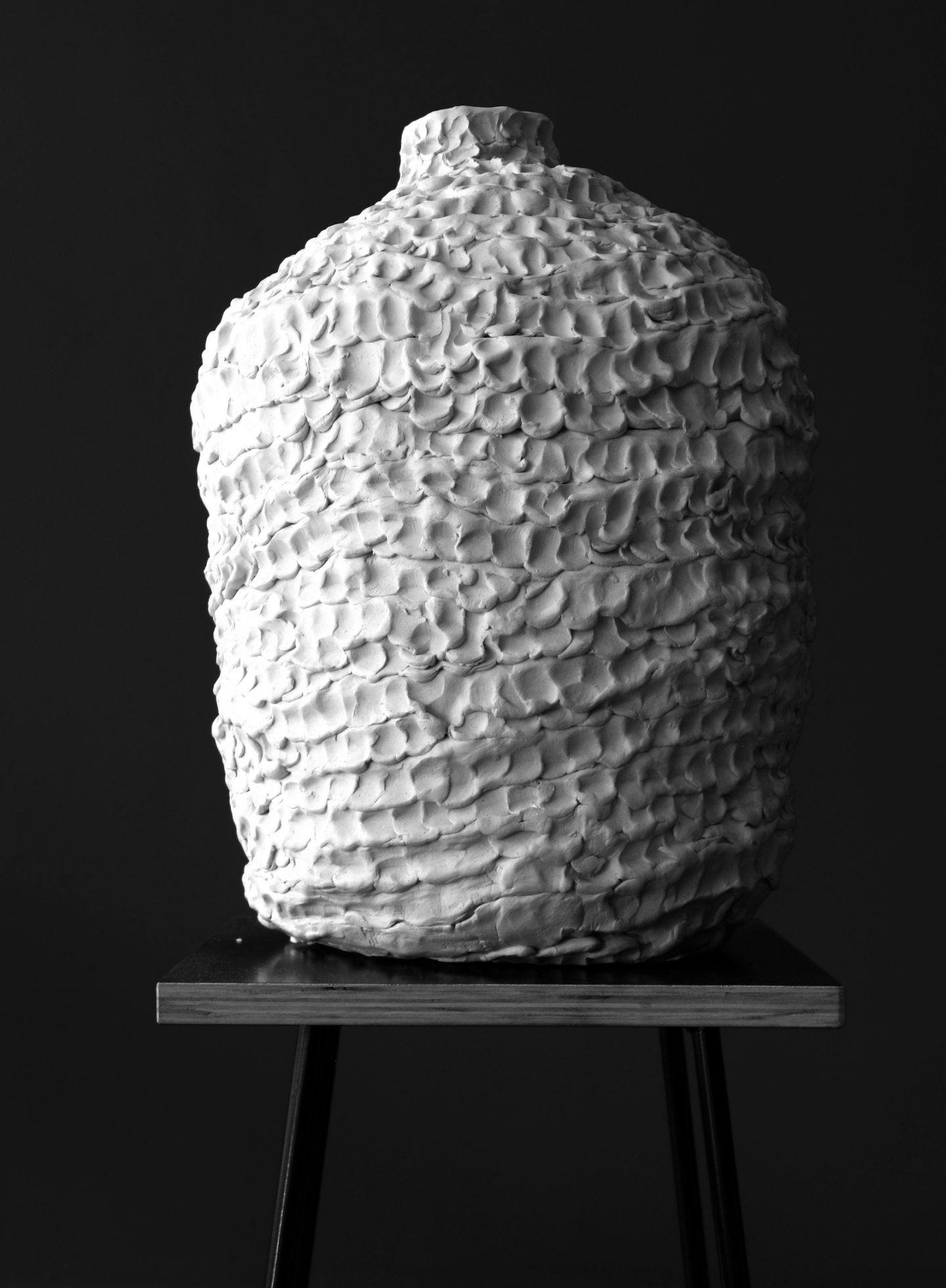
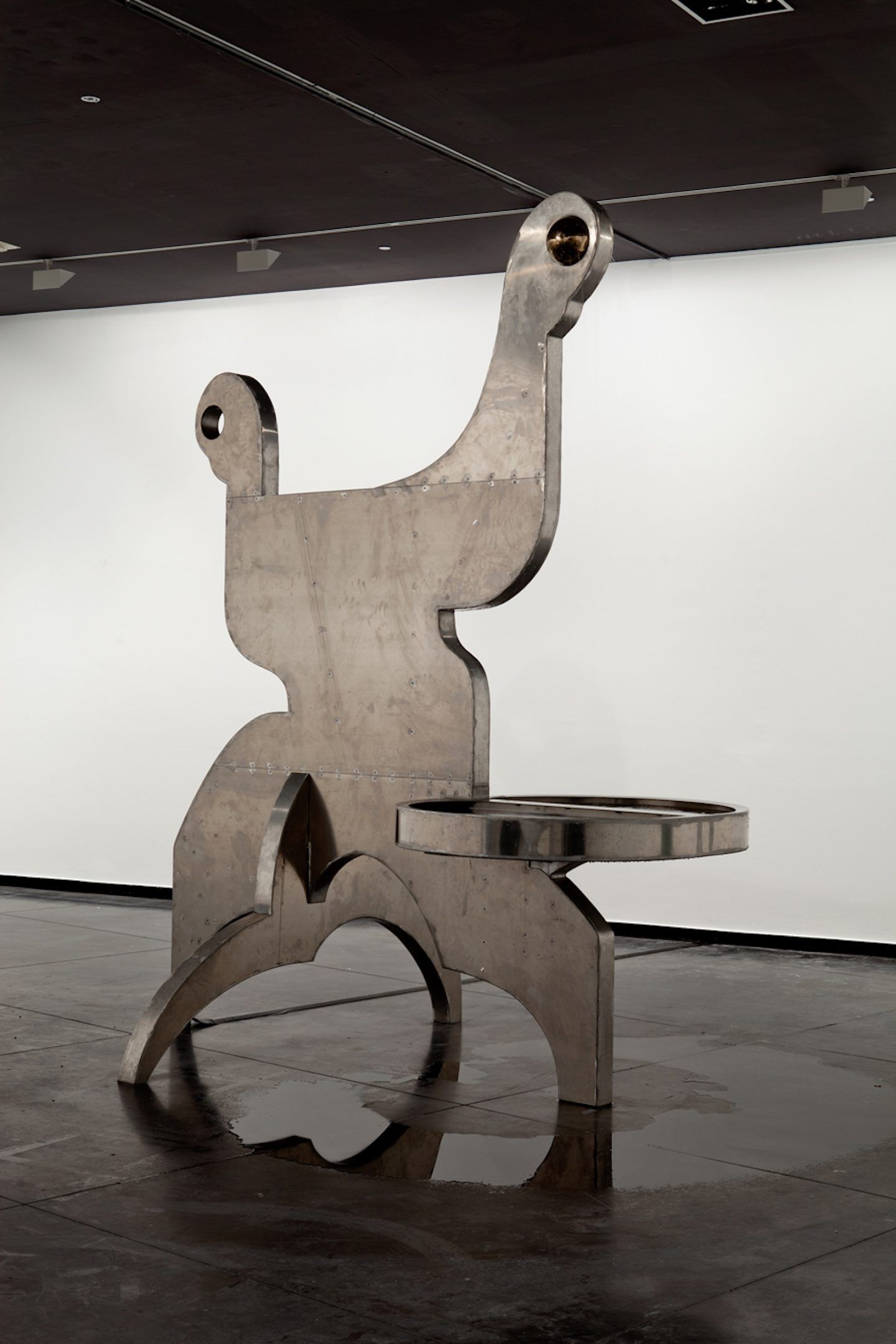
All images © Sanné Mestrom
